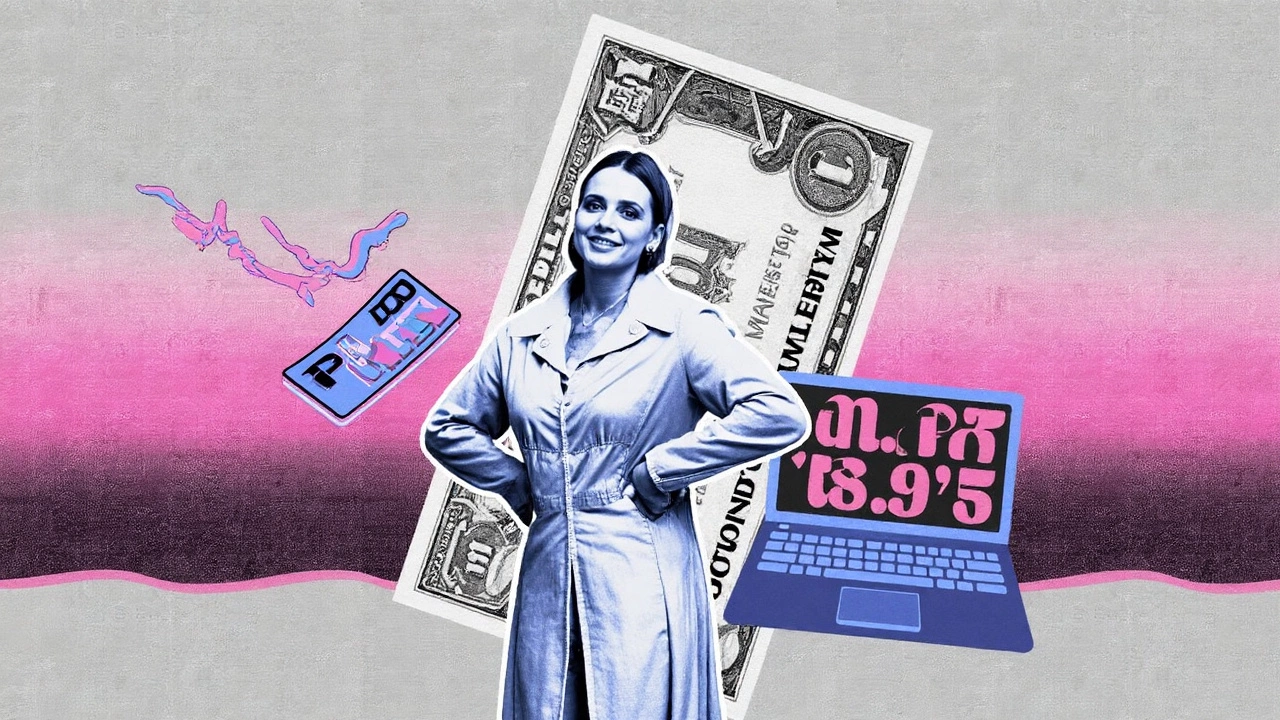TikTok Deepfake Scam – What You Need to Know
When dealing with TikTok deepfake scam, a deceptive practice that uses AI‑generated videos on the TikTok platform to trick users into sending money or revealing personal data. Also known as TikTok video fraud, it blends deepfake technology, software that creates highly realistic but fake video content with classic online scam, social‑engineering attacks that prey on trust. The scam exploits visual credibility, manipulates emotions, and drives fraudulent transactions – a clear semantic triple that shows why it spreads so fast.
How the Scam Operates on TikTok
First, a creator uploads a polished video that looks like a popular influencer asking for donations or sharing a shocking secret. The deepfake engine swaps faces, syncs audio, and adds subtitles that sound urgent. Next, the caption includes a link to a fake crowdfunding page or a direct message request. Because TikTok’s algorithm pushes trending clips, the fake quickly reaches thousands. This chain – fake video, emotional appeal, call‑to‑action – mirrors traditional phishing but adds a visual layer that tricks even savvy users. Understanding this workflow helps you spot the red flags before you click.
One common hook is the “royalty‑free giveaway” trick. The deepfake shows a celebrity announcing a prize, then asks viewers to DM a code for claim. The code leads to a site that harvests personal info. Another pattern uses fake news – a fabricated disaster video that urges immediate donations. Both rely on the same underlying deepfake tech and social‑engineering psychology. Recognizing the pattern – high‑stakes promise + urgent request – is your first line of defense.
To protect yourself, start with verification tools. Look for 0️⃣ likes or sudden spikes in follower count, which often indicate a newly created account. Use reverse‑image search on key frames; genuine content usually appears elsewhere. If a video claims to be from a verified creator, tap the profile and check the blue checkmark. TikTok’s own “Report” feature flags suspicious clips, and the platform’s moderation team uses digital forensics to trace deepfake origins.
Speaking of forensics, digital forensics, the practice of analyzing electronic evidence to confirm authenticity plays a vital role in uncovering deepfake scams. Analysts examine metadata, compression artifacts, and AI‑generated inconsistencies like unnatural blinking or mismatched lighting. While you don’t need a lab, simple checks – such as pausing the video to spot flickering lips or irregular shadows – borrow from the same principles. Apps that reveal frame‑by‑frame data can help everyday users run a quick sanity check.
Another layer of protection involves educating your network. Share a short guide on how to spot deepfake cues, and encourage friends to question any high‑value request that arrives via TikTok DMs. The more eyes scrutinize a clip, the less likely scammers will succeed. Remember, the scam thrives on curiosity and urgency; a calm, skeptical approach cuts its power.
Finally, keep an eye on TikTok’s policy updates. The platform periodically rolls out AI‑detection features and stricter verification for high‑profile accounts. When TikTok labels a video as “potentially altered,” that flag is a useful cue. Pair platform alerts with personal checks, and you create a multi‑layered defense that mirrors the way the scam operates – but in reverse.
Below you’ll find a curated set of posts that dive deeper into specific examples, detection methods, and real‑world stories of TikTok deepfake scams. Whether you’re a casual user, a parent, or a content creator, these resources give you actionable insights to stay one step ahead of fraudsters.

TikTok deepfake scam: Fake Molly‑Mae perfume ads duped fans
A convincing deepfake campaign on TikTok used Molly‑Mae Hague’s likeness to push a perfume called Nyla, tricking fans into buying it. The videos stitched old clips with AI‑cloned voice to fake endorsements. Similar tactics targeted other reality TV personalities. The case exposes gaps in platform enforcement and ad rules as AI-driven fake celebrity endorsements spread fast.
Read More


